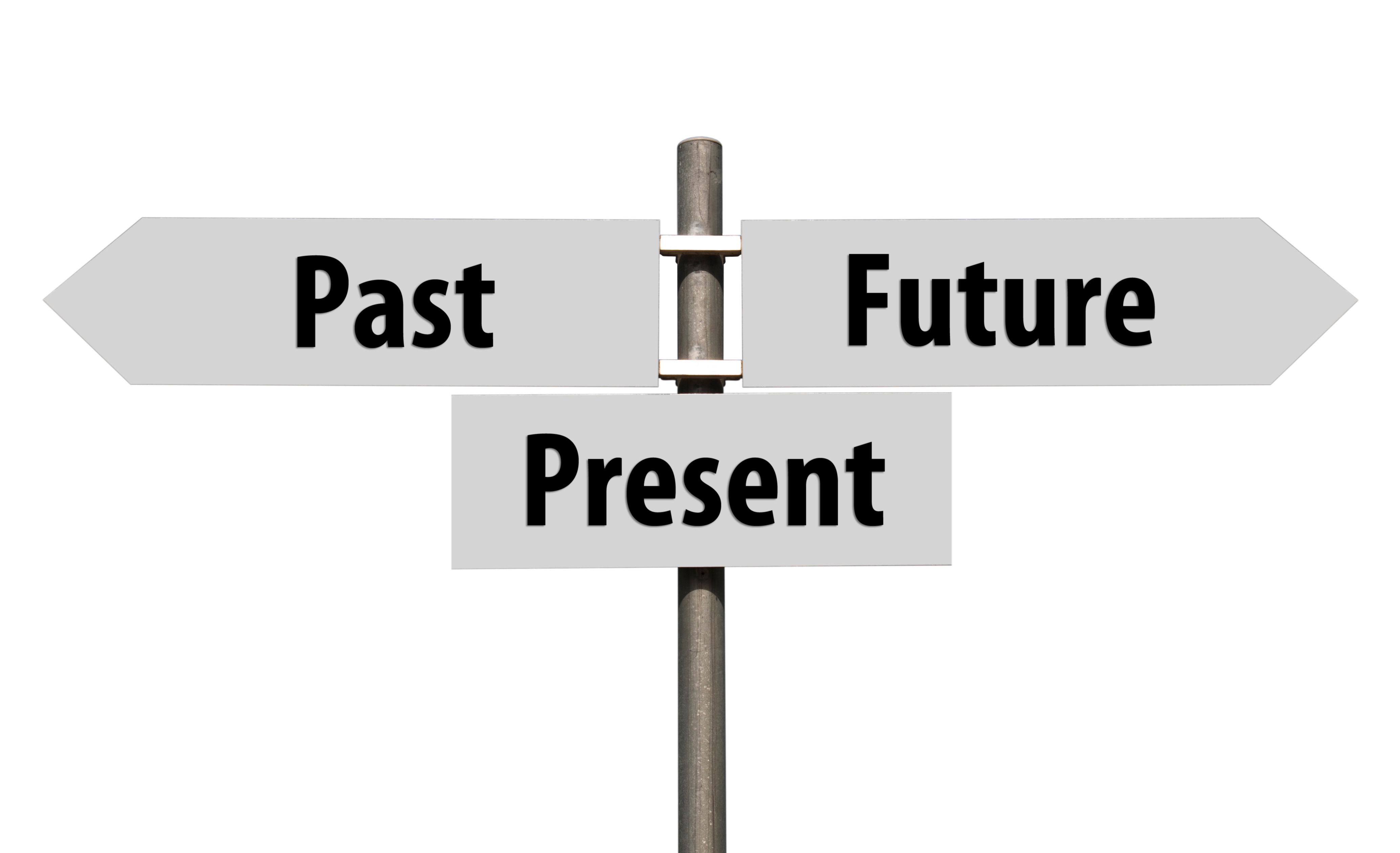
Your Career 7 Ways to Identify and Evolve With Industry Trends...Like It or Not, your
The simple past tense (also called the past tense) is used to express actions that are completed at any time (recent or distant past) or for any duration (length of event). For regular verbs, add "-ed" to the end of the verb to create the simple past tense. Verb conjugation for simple present tense regular verb: I: jumped you (singular) : jumped

TENSES PRESENT, PAST, FUTURE Teaching Resources
Grammar Examples What is verb tense? Verb tense identifies when the action of a sentence takes place - the past, present, or future. The action in a sentence (also known as the time frame) has either happened, is happening, or will happen. Each verb tense has its own set of grammar rules.
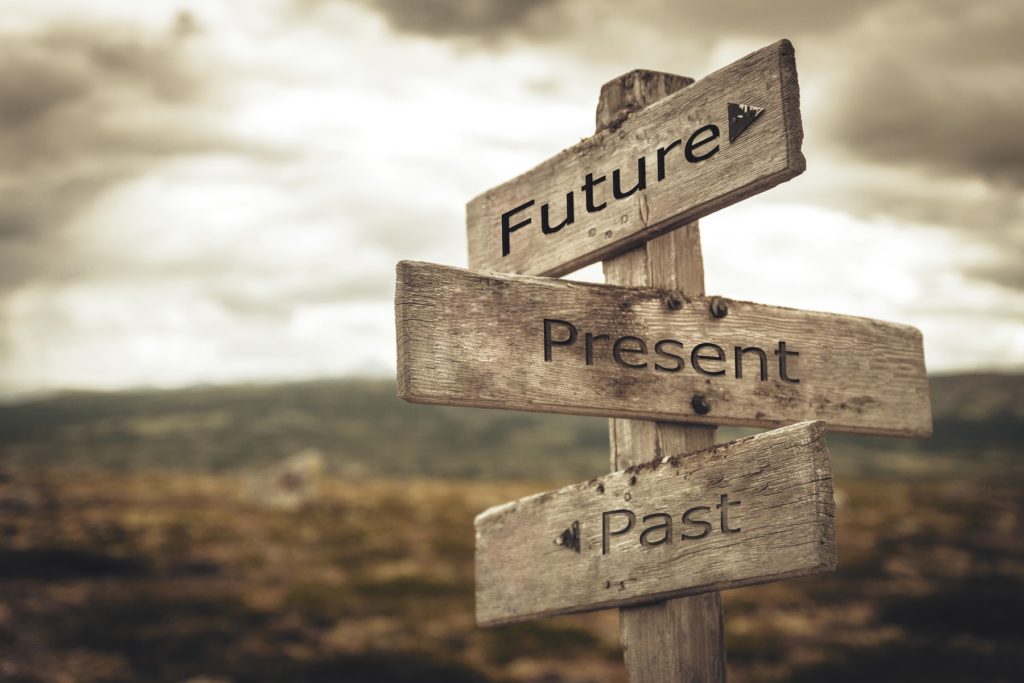
Are you living in the past, present or future? Cheri Alguire, Coach Author Trainer
Verb tenses are grammatical forms that indicate the time an action took place—either in the present, past, or future. In addition to conveying time, verb tenses also include grammatical aspects that provide vital information about continuity or completion.

Past, present and future A Blind Man's Search For Enlightenment
Verbs: Past, Present, & Future Tenses Helping With Verbs: Home > Lessons > Past, Present, & Future Past, Present, & Future Tenses Verbs tell us the time that an action in a sentence happened. The time that a verb shows is called tense. The most common tenses in the English Language are past tense, present tense and future tense.
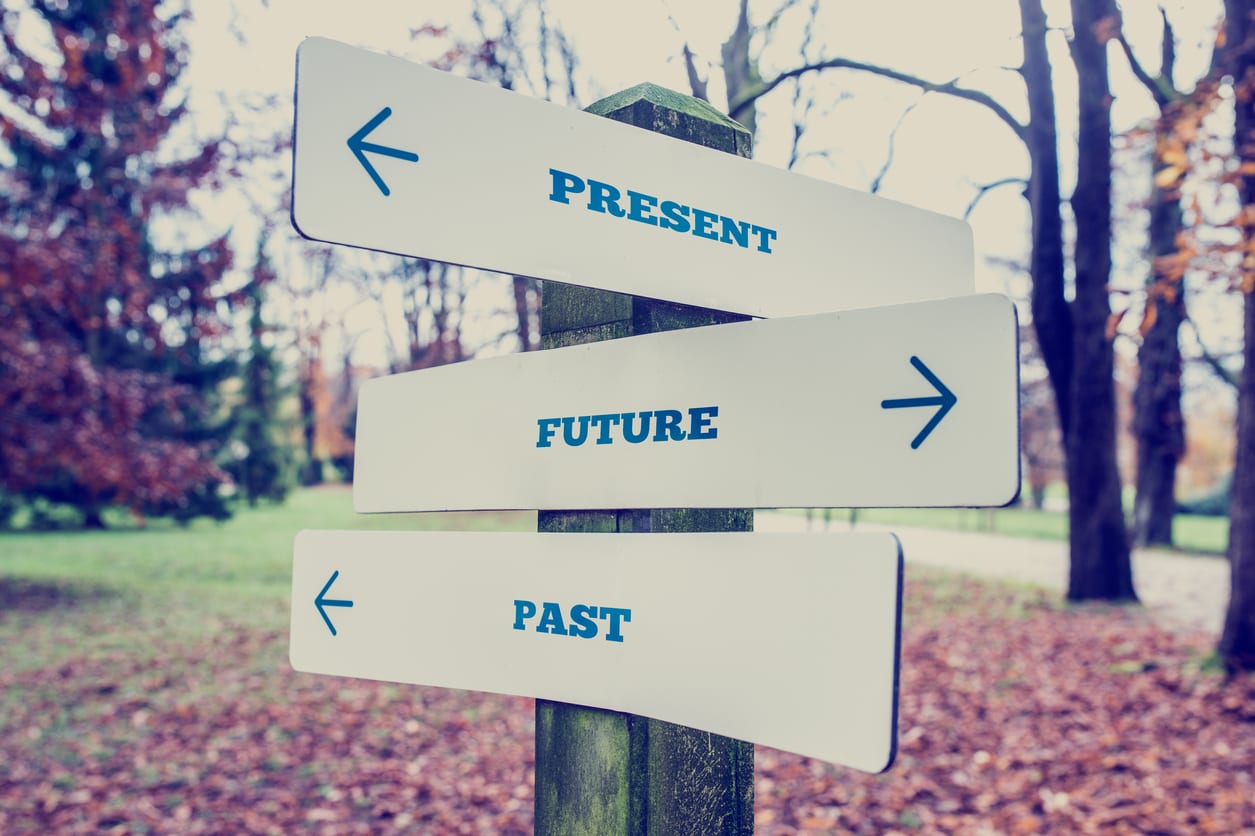
Past/Present/Future Tense Louise Thompson, Life Coach, Wellbeing Writer and Speaker
👉Free English Video Classes and Community ChatJoin our WhatsApp: https://forms.gle/ogU1L5aws55DQLDf8QUIZ: https://shawenglish.com/quizzes/12-tenses-english-.

Past Present Future Wallpaper
Male in hi-viz jacket: Past, present and future tenses are important because we may use the term say 'there is wear' in a component. So we'll have a look maybe it might last a bit longer so we'll.

Future, Past, Present Wooden Signpost, Roadsign with Three Arrows Stock Image Image of
Past, Present, and Future Are Simple Tenses Cameron Norman/Flickr/CC BY 2.0 By Kenneth Beare Updated on June 12, 2019 Simple tenses in English are used to make basic statements about habits, events that happened, or what will happen in the future. Present Simple The present simple is used to express daily routines and habits.
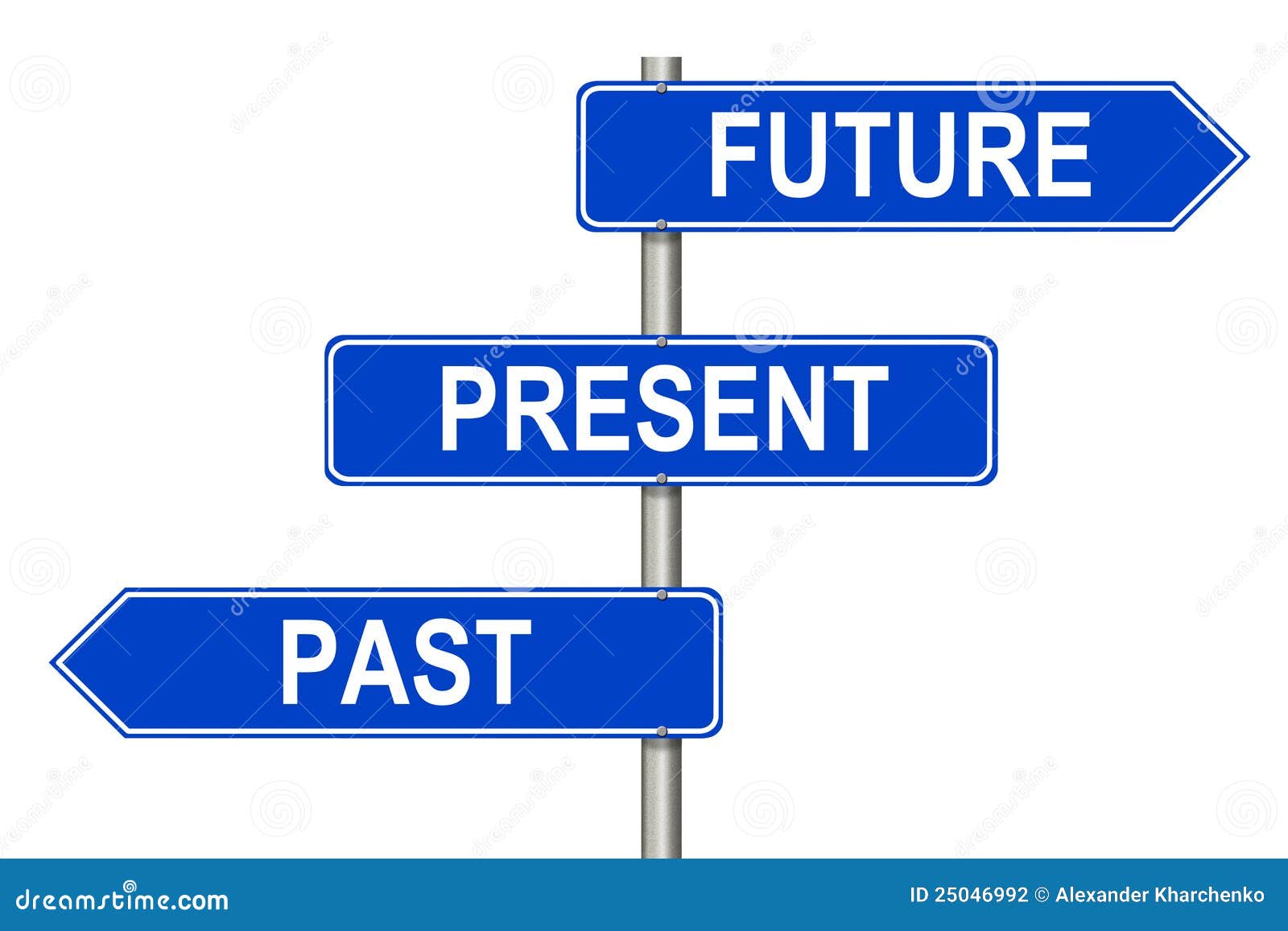
Past Present Future Sign Stock Photography Image 25046992
Re-write the following sentences in the past tense. The sun shines and makes the day bright. I eat my yummy lunch with a big smile. The playful puppy chases its bouncy ball. All verbs have a past.

English Resources for Children Future Simple Practice
Verb tense indicates when the action in a sentence is happening (e.g., in the present, future, or past). Regular verbs follow a standard pattern when conjugated according to tense. Look at the examples below: Conjugation of the regular verb to live (based on tense): Simple Present: Simple Past: Simple Future: live:
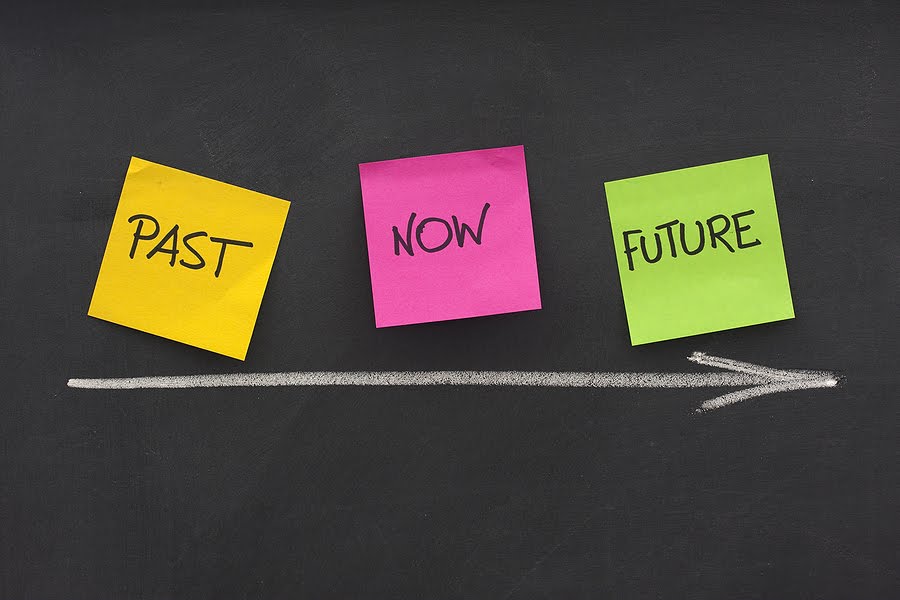
Past, Present And The Future Marketing [INFOGRAPHIC] / Digital Information World
Simple Present: Simple Past: Simple Future: I study English every day.: Two years ago, I studied English in England.: If you are having problems, I will help you study English. I am going to study English next year.: Present Continuous: Past Continuous: Future Continuous: I am studying English now.: I was studying English when you called yesterday.: I will be studying English when you arrive.
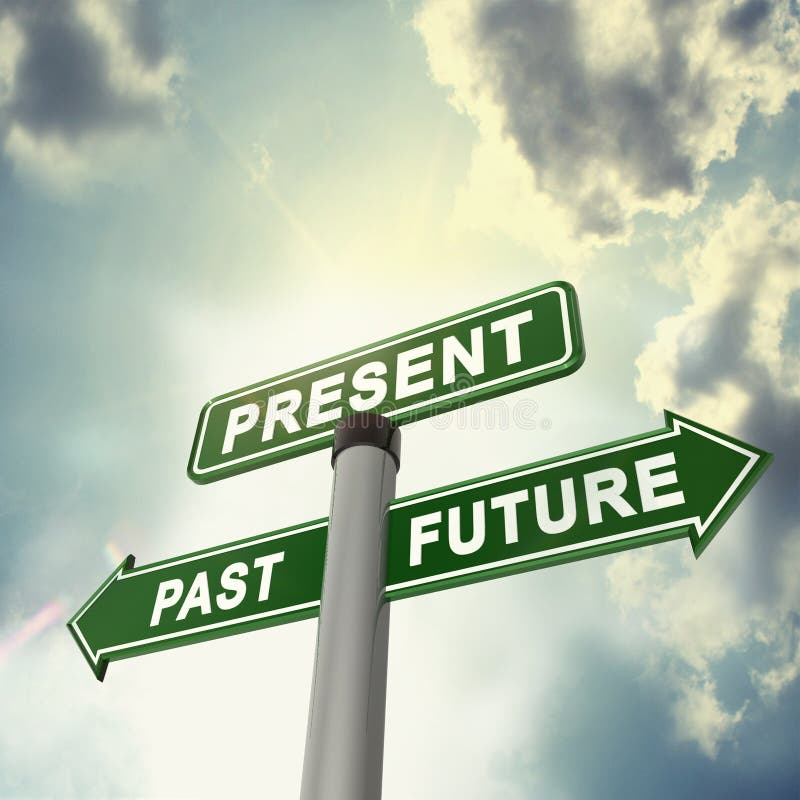
Signboard Past, Present and Future Stock Illustration Illustration of future, progress 32780039
The form of verbs indicates whether actions are taking place in the past, present or future. In these grade 1 grammar worksheets students are given sentences and asked if the actions described are happening in the past, present or future. Classify: Worksheet #1 Worksheet #2. Worksheet #3.
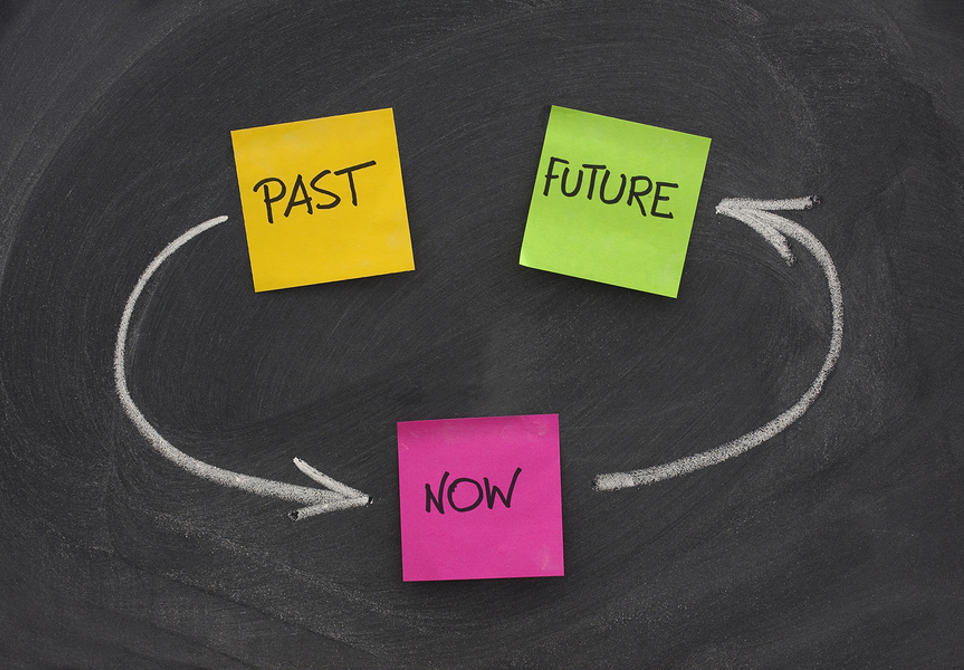
The Past, Present and Future of PlaceBased Learning
There are three basic tenses in English: present, past, and future. Verb tense is formed based on a sentence's main verb and the auxiliary words around that verb. Now, there are four aspects of each tense: Simple. Expresses a simple fact. Tony runs quickly. He runs, in general, declarative terms. Progressive.

past present future graphic Emily J Hooks
Verb tenses allow verbs to express when an action occurred (past, present, or future). For example, in the verb "talk" in can be expressed as something happening in the past ("talked"), in the present ("talk"), or in the future ("will talk"). Questions Tips & Thanks Want to join the conversation? Sort by: Top Voted Vinicius Barbosa 8 years ago
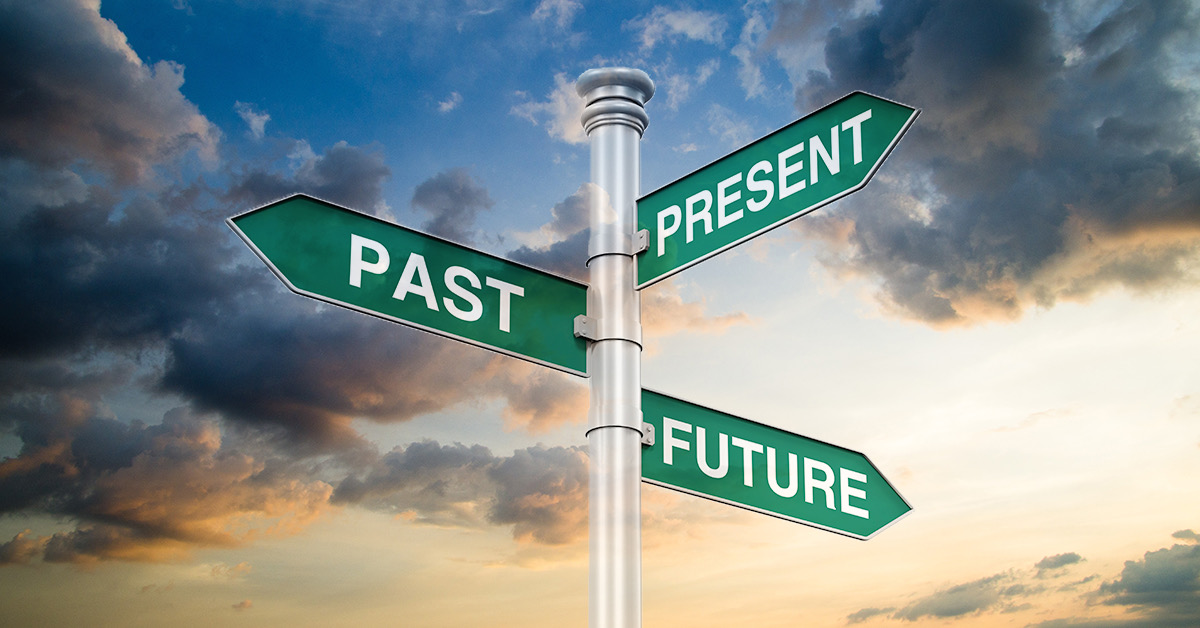
What is past ,present and future ! ScienceFreak
A verb's tense tells us the point in time when an action or event took place. The word tense comes from the Latin tempus, "a portion of time". We can think of tenses as slices of time. The three main tenses in English are the present tense, past tense and the future tense. The first sentence describes what takes place currently in the.

PRIMARY 6 PASTPRESENTFUTURE
Past, Present & Future Past Tense. This tense is used to refer to something that happened in the past. Sometimes, past tense is also called as 'simple past tense'. Example: We stayed in a hotel. Past continuous tense: This type of past tense is used to describe an event or occurrence that is ongoing or continuing in the past.

Past Present Future Tense Activity • Have Fun Teaching
Most Common Verb Tenses in Academic Writing. According to corpus research, in academic writing, the three tenses used the most often are the simple present, the simple past, and the present perfect (Biber et al., 1999; Caplan, 2012). The next most common tense for capstone writers is the future; the doctoral study/dissertation proposal at.